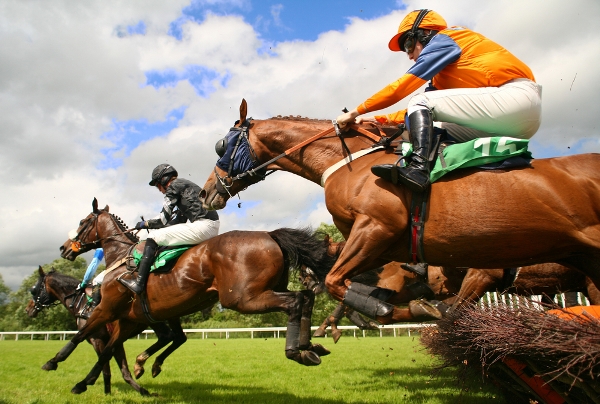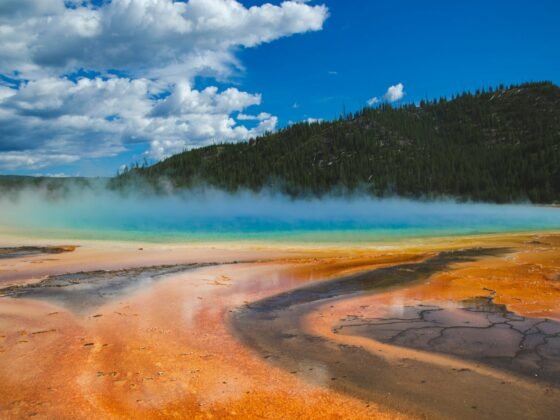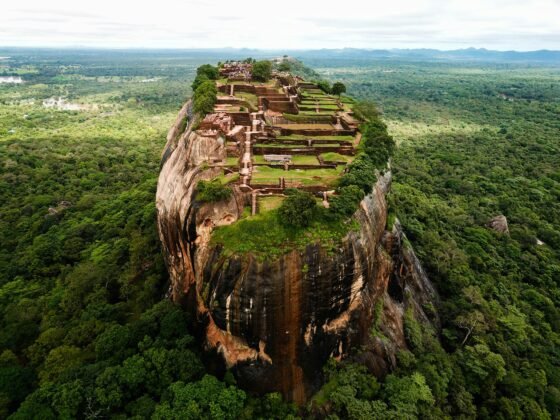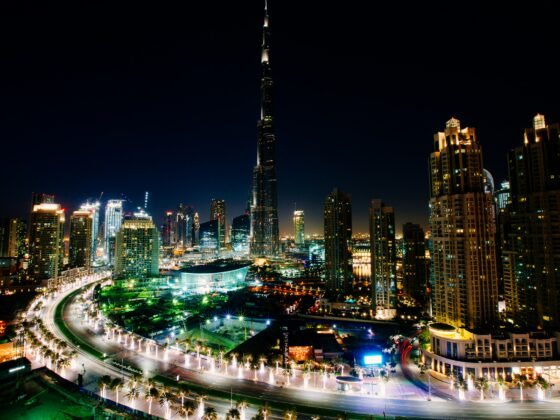Taipei has emerged as a modern, forward thinking destination, whilst retaining its rich heritage of temples and colonial buildings. Taiwan is the most high-tech country in Asia, although Taipei still offers traditional night markets, fabulous street cuisine and tea growing districts. Travellers can hang with the hip and trendy at Ximending district, hike the Yangmingshan National Park and browse the National Palace Museum. You can travel there if you support yourself if you teach English in Taiwan
National Palace Museum
The National Palace Museum of Taipei is the official national museum of Taiwan. It houses one of the most extensive collections of Chinese artifacts in the world. On display are bronzes, textiles, lacquer ware and religious pieces. The museum was established in 1925 in Beijing, but due to World War II and the Chinese Civil War, the museum relocated to Taiwan. The original museum was built in the mid-1960s and has undergone several expansions. The museum’s priceless collection is so vast that it can only exhibit approximately 1 percent of its massive 693,507 piece collection at any given time.
Longshan Temple
The Mengjia Longshan (“Dragon Mountain”) Temple is a Buddhist temple which was established in 1738 by ancient settlers from Fujian in China. Legend says that a passer-by left an amulet with the image of the goddess of mercy hanging on a tree. The amulet allegedly glowed, which was an indication that the site was blessed. The site is easily accessible by public transportation and typically there are not too many tourists. Most of the people encountered at this temple are worshippers. Admission is free.
Taiwan also celebrates the Birthday of Kuan Kung, the god of war annually.
Taipei Zoo
The Taipei Zoo can trace its founding to 1914 by a Japanese man who established a private zoological garden. Following World War II, the city government took over the zoo. The zoo has 90 hectares open to the public. The most popular attraction at the zoo is the pair of giant pandas, Tuan Tuan and Yuan Yuan, a pair of breeding pandas. Some of the zoo’s exhibits include a wetlands area, and a Koala House and a Penguin House. The zoo is open every day except for Chinese New Year’s Eve. This is one of the real family-friendly things to do in Taipei.
Yangmingshan National Park
This national park, home to several prominent peaks, was established in 1985 and contains over 11,000 hectares. One of 8 national parks in Taiwan, settlers were originally attracted to this area because of its rich sulphur deposits, and a sulphur mining industry prospered in the mountains. Today, visitors come to the Yangmingshan National Park for camping, hiking and the explosive displays of blossoming plants (flowers and trees) in the spring (February and March). The climate in the park varies from temperate to subtropical. A visitor’s center offers extensive information about the park’s activities and amenities. The park is located just north of Taipei, with the majority of the park’s land being within the city limits.
Taipei 101
Taipei 101 is a soaring skyscraper within the Xinyi district of the city. It was formerly known as the Taipei World Financial Center and was the world’s tallest building from 2004 to 2010, taking over from the Petronas Towers in Kuala Lumpur and surpassed by the Burj Khalifa in Dubai. It has 101 storeys and stretches 1,667 feet 9 509 m) skyward. Taipei 101 is built to withstand typhoons and earthquakes. To counter the swaying from these two natural events, a large pendulum was installed between the 87th and 92nd floors. The shape of the building is designed to evoke the outlines of a pagoda, and is built in eight segments which seem to stack on top of each other. Eight is considered a lucky number in some Chinese cultures. The building contains a shopping mall open to the public.
Ximending District
The Ximending District in the western part of Taipei is one of the biggest entertainment areas in the city. It is home to theatres, historic sites, restaurants, bars, and a hub for shopping. It is very popular with young trendy people and is considered a fashion center. Known as the “Harajuku of Taipei,” the Ximending District hosts over 3 million visitors every month.
Taipei Confucius Temple
Built in 1879, this temple is modelled after another temple in China. The temple hosts a ceremony every September 28, which is recognized as Confucius’ birthday and is also honoured as Teacher’s Day in Taiwan. The temple recently underwent substantial renovations for several years and re-opened in December 2011. The temple presents a multimedia program based upon the Six Arts, which is considered the foundation of education in ancient China. Be sure to explore the nearby street markets and food stalls for a taste of the hustle and bustle of Taipei.












